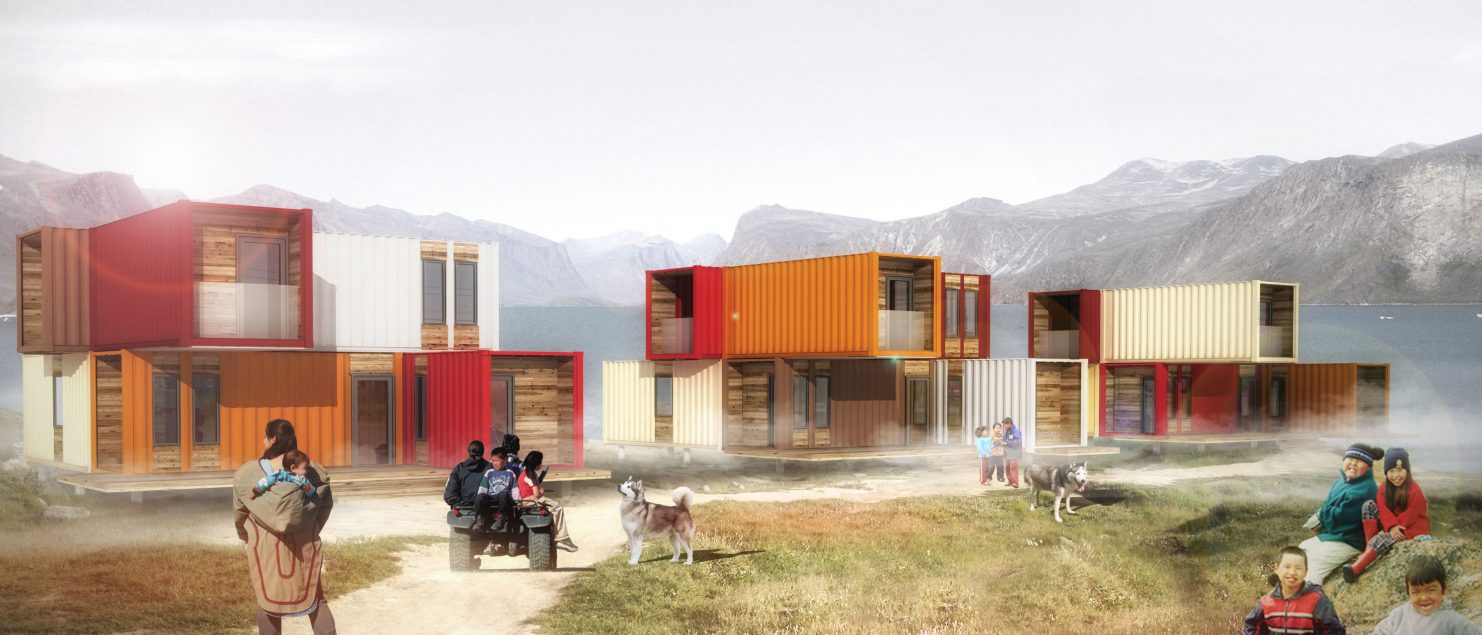Knowledge Transfer and Aboriginal Collective Housing

Here are three articles in Le Soleil on Saturday, November 14, 2015, on Aboriginal housing and various initiatives to promote self-reliance, self-sufficiency and social and economic development within Aboriginal communities.
Involvement of families and volunteering
It seems very important to include Aboriginal families from the outset in the design and construction process to meet their cultural needs and foster a sense of belonging, not to give them a new or renovated home without they had a say. On the Kitcisakik shipyards, carpenters Anishnabek have had the help of many university volunteers to create links and enrich the dialogue between aboriginal and non-native people while breaking down prejudices.
Aboriginal Empowerment
I feel in the middle a real momentum to improve things. I believe that a real Aboriginal empowerment will go through the young and the next generations that will have to be included in our social project. This will be possible when we invest in services to the population, improving access to education and supporting social, cultural and economic projects that will emerge within communities, in response to needs. that they themselves will have determined.
Response to cultural needs and energy self-sufficiency
These collective dwellings made of containers can take different configurations, to allow to create private spaces, but also common spaces to answer the cultural needs of the Inuit, such as stays, kitchens, dining rooms developed at ground level and workshops of processing of fish and meat. At the request of families, skylights and outdoor terraces will also be developed.
The square foot is very expensive to build and heat in these northern countries. Of the 14 northern villages in Quebec and 39 in the rest of Canada, the majority are powered by large oil generators. It is imperative to build in a sustainable manner to limit energy consumption while developing wind energy self-sufficiency projects while building a connection to the provincial hydro grid. In the 21st century, the social, environmental and economic cost of continuing to supply electricity solely through oil is not sustainable in the medium term, especially since we are fortunate in Quebec and Canada to have access to at one of the cheapest energies in the world. Why not make it accessible to everyone?
Sustainable construction, financing and examples of Scandinavian architecture
We can not turn a blind eye to the underfunding of buildings and homes in aboriginal communities. That’s what happened in the 60s-70s-80s. We should rather build for the next 60 to 75 years and not for the next 20 years. We should take the example of Scandinavian architecture and sustainable buildings designed for the harsh climates of Norway, Sweden and Finland and cities like Nuuk and Sisimiut in Greenland. IThere are glaring multi-billion dollar housing needs across Canada. Of the 600 or so indigenous villages, more than two-thirds have serious problems of overpopulation as many homes will need to be renovated or rebuilt.
Guillaume Lévesque, architect


